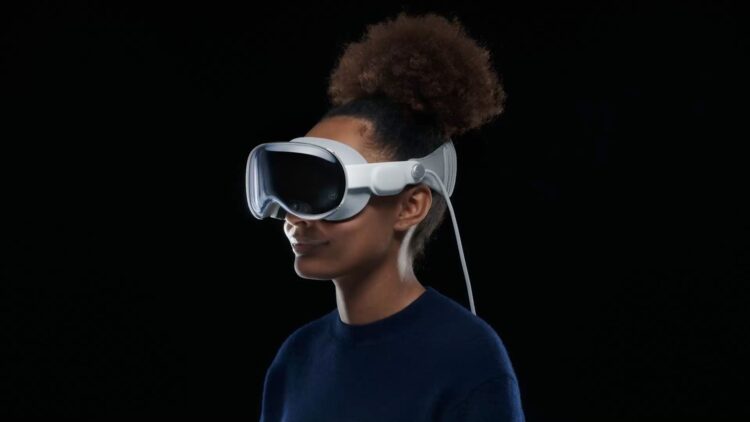Apple Vision Pro, the tech giant’s ambitious headset, is set to become more accessible as it launches in two new countries—South Korea and the United Arab Emirates—on November 15. Customers in these regions can now schedule free 30-minute demonstrations of the high-end device at their local Apple Stores.
Since its introduction in the U.S. back in February, the Vision Pro has generated significant buzz, particularly for its steep starting price of $3,499, which places it firmly in the early-adopter category. Following its U.S. launch, Apple strategically rolled out the headset to several countries, including Australia, Canada, France, Germany, the U.K., and Japan. With the latest additions, the Vision Pro is now officially available in 12 countries and regions.
The expansion has been accompanied by localized Vision Pro webpages on Apple’s South Korean and UAE sites, providing essential information about the product for potential consumers in these markets. According to the announcements, pre-orders began on November 4 at 5 a.m. local time, allowing eager customers to secure their units ahead of the official launch.
Apple Vision Pro is coming to South Korea and the United Arab Emirates on November 15! We’re excited that customers in a dozen countries and regions will get to immerse themselves in the world of spatial computing! pic.twitter.com/gqrlLfT8XG
— Greg Joswiak (@gregjoz) October 31, 2024
Sales expectations and market positioning
Despite the initial excitement surrounding the Vision Pro, sales expectations remain modest. Research firm IDC estimates that Apple may sell fewer than 500,000 units by the end of 2024. This projection highlights the challenge Apple faces in appealing to a broader audience, as CEO Tim Cook himself acknowledged that the headset’s price point makes it more suitable for enthusiasts rather than the average consumer. “At $3,500, it’s not a mass-market product,” Cook stated. “Right now, it’s an early-adopter product. People who want to have tomorrow’s technology today—that’s who it’s for. Fortunately, there’s enough people who are in that camp that it’s exciting.”
This notion of the Vision Pro as a niche product is further supported by analysts’ estimates indicating that Apple has secured components for as many as 600,000 units by year’s end. Initial excitement around the headset has gradually revealed its characteristics as a sophisticated device catering primarily to tech-savvy users rather than a device that will dominate the consumer market.
Beyond simple functionality, the Vision Pro introduces a novel “spatial computing” experience, a feature that sets it apart from conventional VR or AR devices. As Apple continues to push boundaries in technology, it invites those ready to invest in the future of computing to experience the immersive possibilities firsthand.
Future updates and technological advancements
The promise of the Vision Pro doesn’t stop at its launch. Apple is currently working on updates to its visionOS platform, which is currently in beta. The forthcoming visionOS 2.2 will include an ultra-wide mode for the Mac Virtual Display feature, reflecting Apple’s ongoing commitment to enhancing user experience. This upgrade aims to broaden the functionality of the headset, making it more appealing to users seeking an expansive virtual workspace.
Recent developments have also indicated Apple’s plans to continued innovation in the augmented reality space. The company is reportedly gearing up to launch an AI-powered smart home display by March 2025, a move that suggests an expanding ecosystem around its existing hardware. Such advancements signal that Apple isn’t merely resting on its laurels; instead, it is actively seeking to enhance the way users interact with technology.
As the Apple Vision Pro officially hits South Korean and UAE markets, its presence raises the bar for competitive technologies and sets a precedent for future advancements in spatial computing. Tech enthusiasts who invest in this innovative device are in for a ride filled with intriguing features and capabilities, even as its broader market appeal evolves over time.
Featured image credit: Apple





